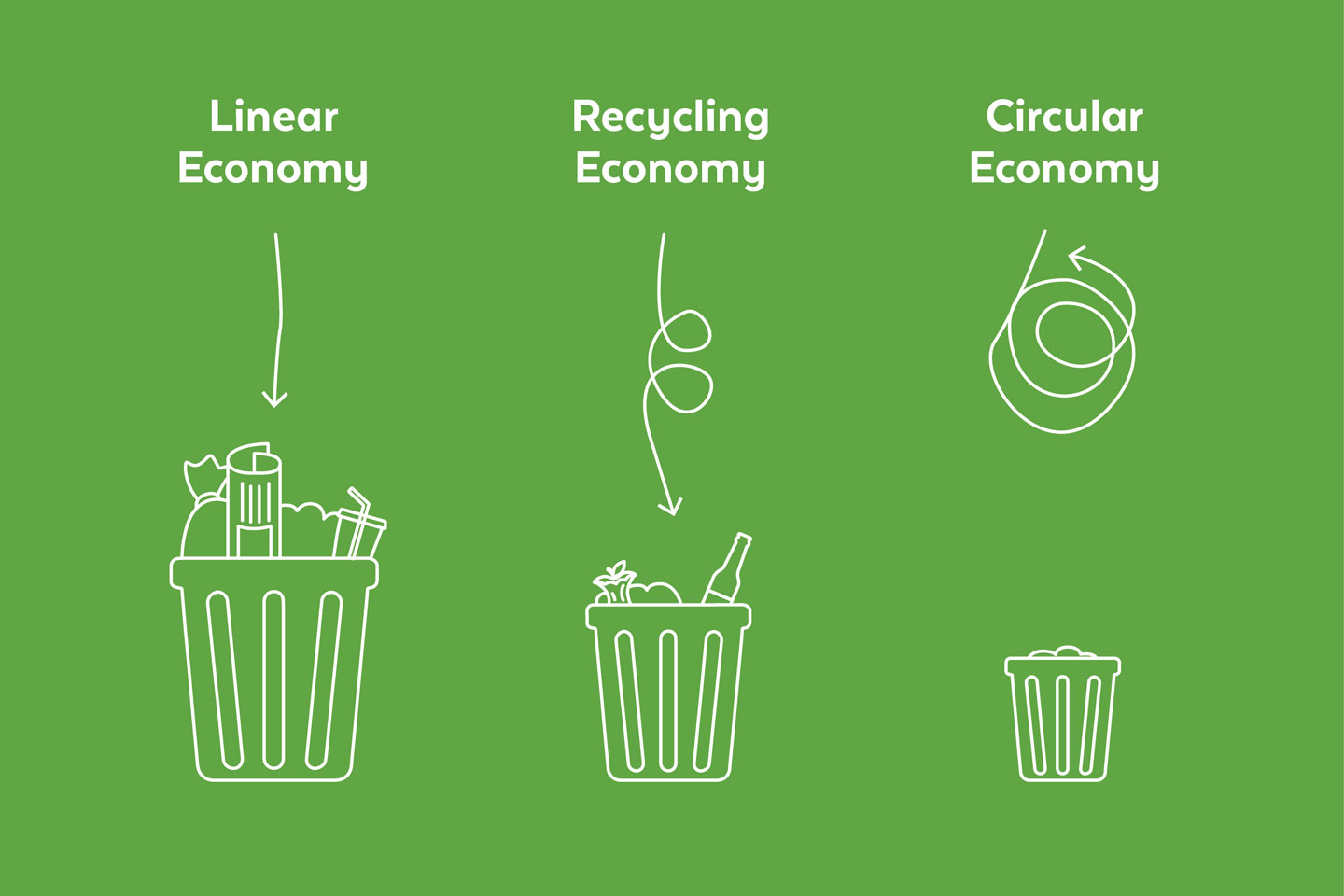

Many of us want to do ‘the right thing’ and recycle. But it isn’t always easy. Who isn’t confused about what can and can’t go in the recycling bin at home? And when you go to work, why can’t you recycle the same items that you can at home? There are many reasons: councils may send recyclables to one or several facilities; local health and environment laws may have an impact; collection companies have various capacity to collect recyclables; and recycling facilities and the companies (or councils) that operate them have different infrastructure for sorting materials and different markets they sell to.
To be economically successful, recycling relies on global commodity prices, which like raw materials, fluctuate according to supply and demand. We’ve all heard about the recent demise of REDCycle, Australia’s only recycler of soft plastics. In Encycle’s assessment, REDCycle failed because there isn’t the demand for products with recycled content or adequate capacity to process the growing amount of soft plastics we all use and discard.
Here in Western Australia, our remoteness and small population means it is more challenging to set up and maintain economically viable processing facilities for materials such as paper & cardboard, glass, and plastics. These are mostly transported interstate or overseas for processing. Recycling in regional WA is even more challenging as there may not be the infrastructure to sort and consolidate materials and it could be uneconomical to transport them long distances to markets. In the metropolitan area a third (32%) of all waste produced in 2020-21 ended up in landfill and represents the current linear economy of take-make-dispose.
Recycling in a circular economy is regarded as a last resort; we need to find ways to not produce waste.
A circular economy is an economic model that is based on materials that circulate again and again. The 3 principles of the circular economy are:
1. Design out waste and pollution
2. Circulate products and materials at their highest value
3. Regenerate nature
Encycle has been working with our clients for the last 15 years to understand their waste streams and identifying ways to avoid waste. In a circular economy, unless the materials go back into making the same products (e.g. a cardboard box back into a cardboard box) or products of higher value, recycling is a low value outcome for most materials. Nutrient recycling through composting is a high value outcome as it provides quality products back into the soil but the recycling of plastics is a low value outcome as many products made from recycled plastics can’t be recycled again. Sending our rubbish to waste to energy plants does not contribute to a circular economy because valuable materials are burnt and converted to energy which is used only once.
If we have a fully circular economy, manufacturers and all of society would be responsible for what happens to our products once we have finished with them, and we wouldn’t need to rely on landfills, waste to energy plants or recycling. In a circular economy there is no waste and the energy that has gone into producing the products (embodied energy) isn’t wasted. Using less energy means reducing climate change.
Instead of recycling, in a circular economy we would buy products of a higher quality that last longer; obtaining products under a service agreement; sending reusable packaging back to the supplier for reuse; sending broken products back to the supplier for repairing or disassembling for reuse; constructing buildings that have been designed so that they can be disassembled and materials reused; and so on. Examples of a circular economy that currently exist include: CHEP pallets and milk and bread crates being reused; heritage buildings being reused and not being demolished. Office chairs that are offered to charities as part of office refurbishments and not landfilled, thanks for Green Chair; salvage yards for building materials to be reused; and composting facilities for food waste.
The Intergovernmental Panel on Climate Change’s Synthesis Report of the Sixth Assessment Report and the 2023 Circularity Gap Report (Circle Economy), both published this month, paints a bleak future if we don’t act now to reduce climate change. The Circularity Gap Report states that ‘by 2050 material extraction and use is expected to double relative to 2015 levels, threatening a total breakdown of Earth’s life support systems, which are already at a breaking point’. In the 27 February 2023 issue of Business News we see sand mining in Lancelin has become scarce and is impacting not just the local environment, but tourism and the local community. We have to accept that raw materials are finite and we can’t keep digging them out of the earth forever.
Encycle helps business to review their supply chains and see not only what materials they can recycle, but more importantly what waste they can avoid in the future by designing it out of the system. Have a look at your supply chain, the items you regularly purchase. Can those light globes be part of the growing circular economy by entering into an agreement with the supplier to take them back? Can that desk be donated to a not-for-profit, saving them money and keeping the desk in use? Can the building products be reused at the end of their life?











